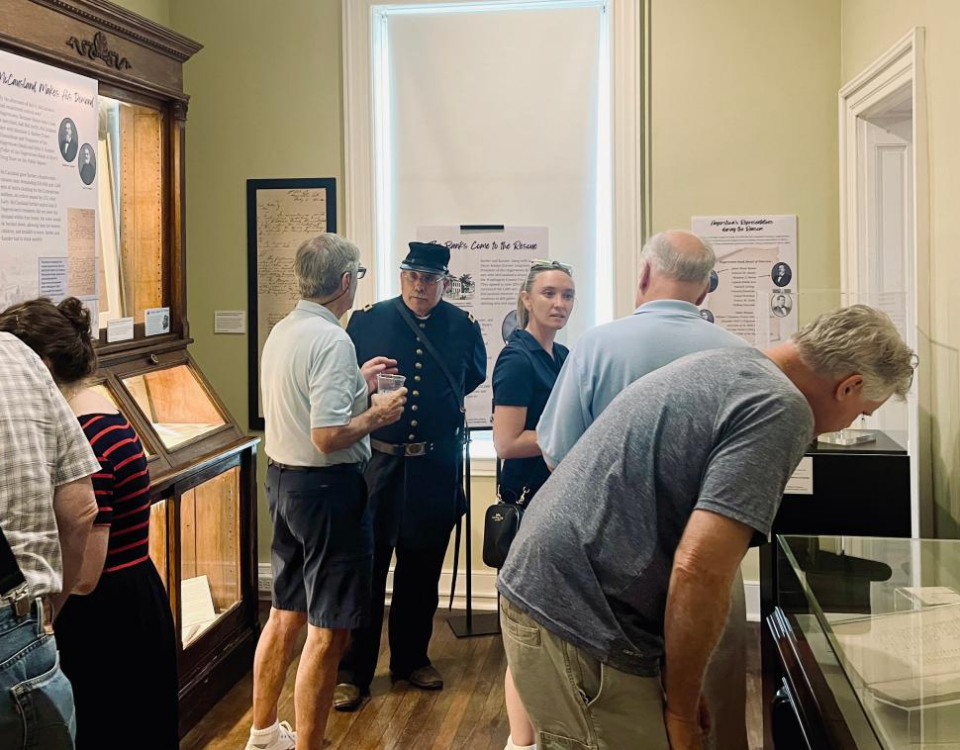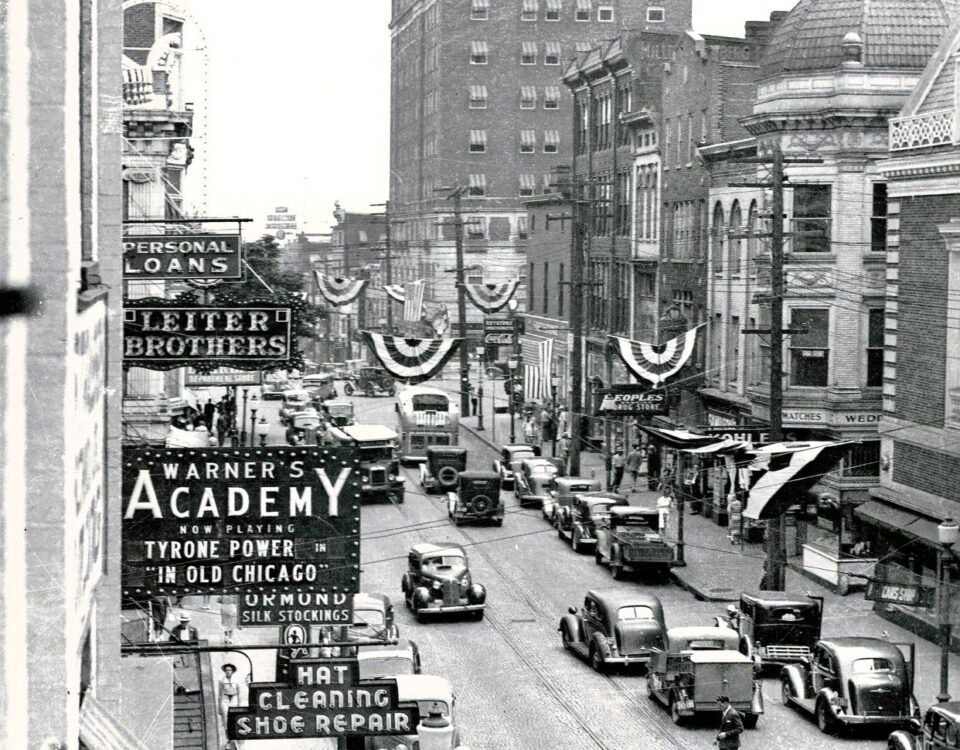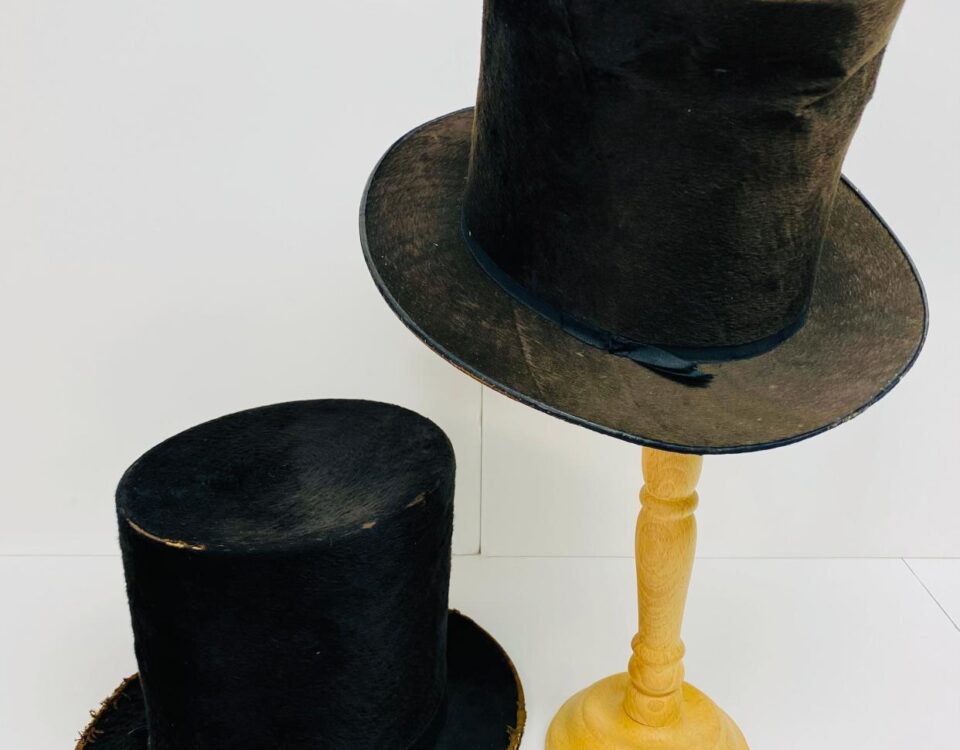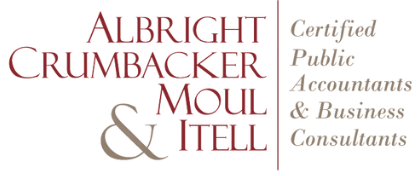Blast from the past: Fragment of Revolution-era cannon discovered near iron furnace site
Blast from the past: Fragment of Revolution-era cannon discovered near iron furnace site
Article Author: Heidi Schlag (This article originally appeared on The Herald-Mail October 30, 2023)
A cannon fragment dating from the Revolutionary War was recently discovered hiding in plain sight not far from where it was originally forged nearly 250 years ago.
It was found by Andy Stout, a trained archeologist who began his new position as the executive director of the Washington County Historical Society several months ago.
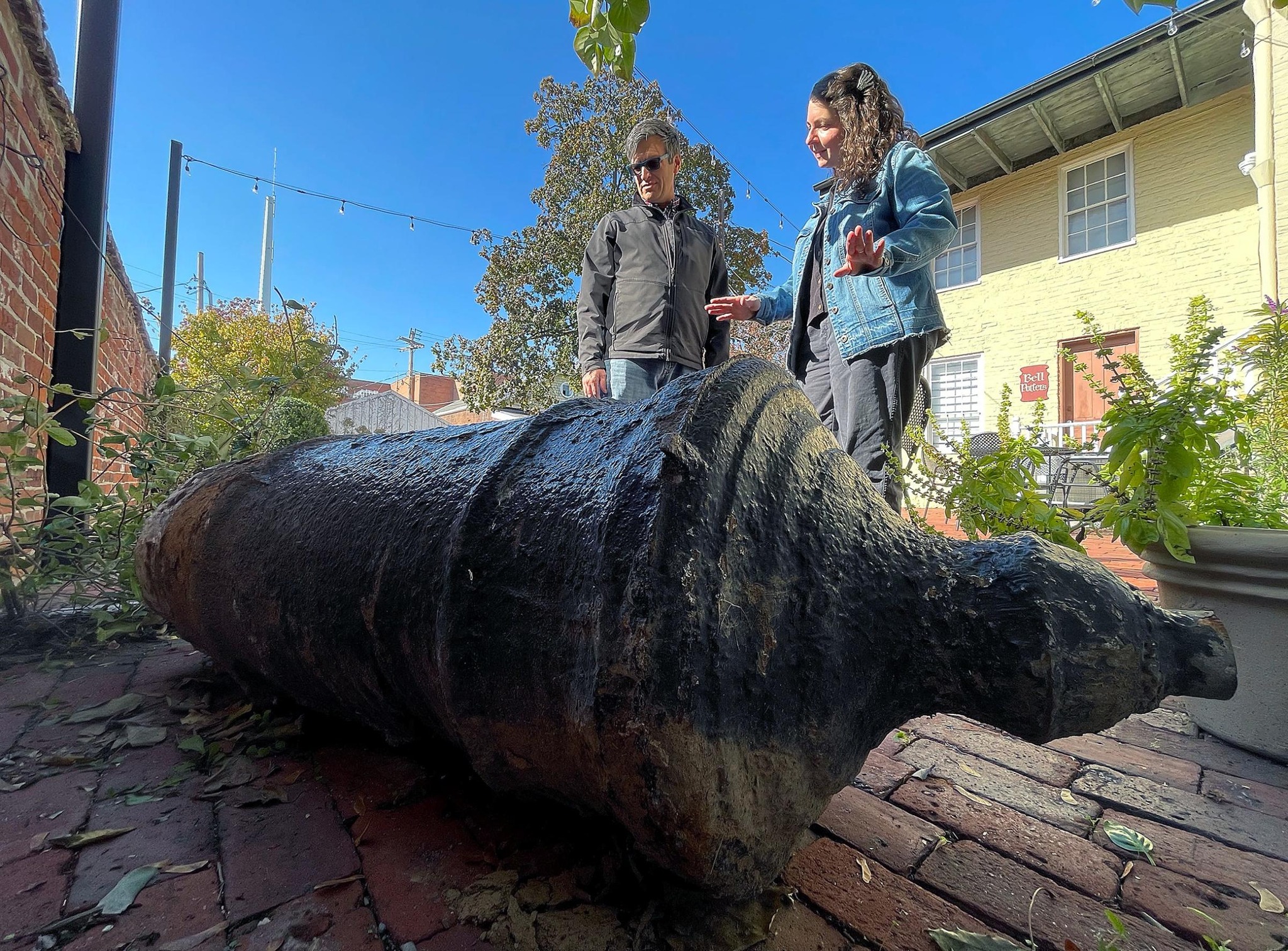
Discovered on a junk pile off Mt. Aetna Road in Hagerstown, the cannon was a cast-off that was never completed by the Mt. Aetna Furnace that operated in the area from the 1760s to 1830s.
“This cannon never saw any battle. It didn’t survive the forging process, which is why it was discarded as scrap,” Stout explained.
“There must have been a flaw in the cannon when it was forged, and it wasn’t finished, or it didn’t come out of the forging process appropriately,” he said. “We have about three-quarters of it. The end of it — the muzzle — is missing.”
Owned in the 1760s by Barnabus Hughes and his sons, Samuel and Daniel, Mt. Aetna Furnace was one of four furnaces built by that family in Washington County, and Franklin County, Pa. — an operation that made them the largest iron producers in Maryland at that time.
The furnace produced pig iron, firebacks and domestic iron wares before accepting a contract for cannon production in support of George Washington’s Continental Army.
Although there are no physical remains of the furnace today, there have been clues to its location. When construction on a house near the site began in the 1950s, “they found a lot of artifacts from the iron furnace,” Stout said, “including a cannon fragment. The fellow that lived in that house had them in his front yard as yard art.”
That house was sold several years ago, Stout said, and all the artifacts were sold off at auction.
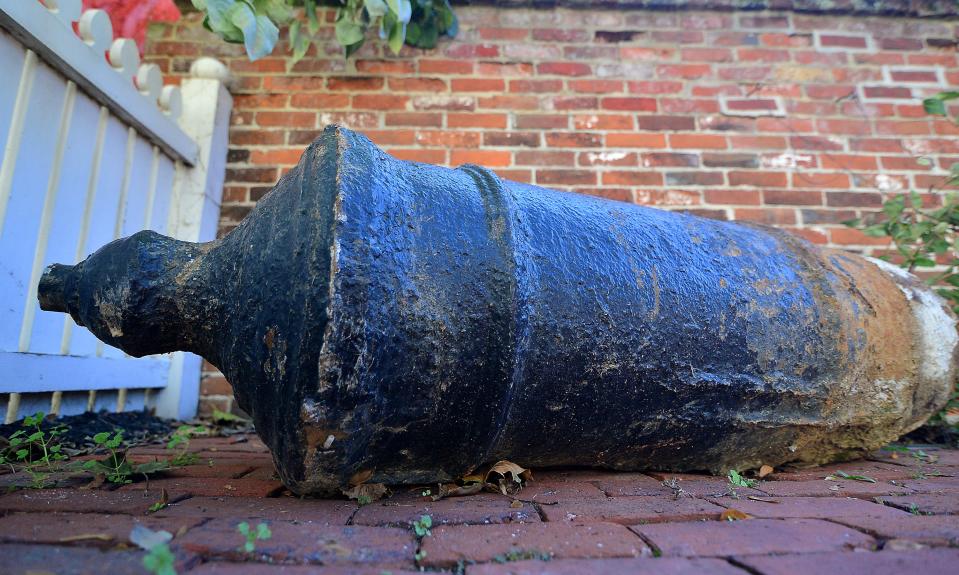
“In June, I was out exploring the area, and I stopped in at the house where the cannons used to be and asked whatever happened to them,” Stout said. “I found out that that was one still around, that it was on a farm near the site itself, out near Rock Bottom (Lane). Not far from where it was made.”
Stout’s next stop was Rock Bottom Lane. Sure enough, on that farmer’s scrap pile was a massive cannon. It was the only historic artifact on the pile of modern-day farm detritus.
“The farmer wants to remain anonymous, but he was more than happy to donate the cannon to the Historical Society,” said Stout.
The cannon, which Historical Society Curator Abigail Koontz determined to be a 32-pounder based on its dimensions, has a bore of six inches that indicates a six-inch shot. It weighs around 800 pounds.
“It would have been a fort cannon or a ship cannon,” Koontz said.
“This wouldn’t have been a cannon they were wheeling around from battle to battle,” Stout confirmed.
The new discovery joins a second cannon from Mt. Aetna already in the Historical Society collection. That cannon, which was unearthed in someone’s garden, is now on display outside the Jonathan Hager House Museum in City Park, the 1740s stone house of Hagerstown’s founder.
Another Mt. Aetna-forged cannon stands inside Shafer Park in Boonsboro.
Although there are no markings on the new cannon that specifically designate it as forged at Mt. Aetna Furnace, its provenance is assured based on where it was found.
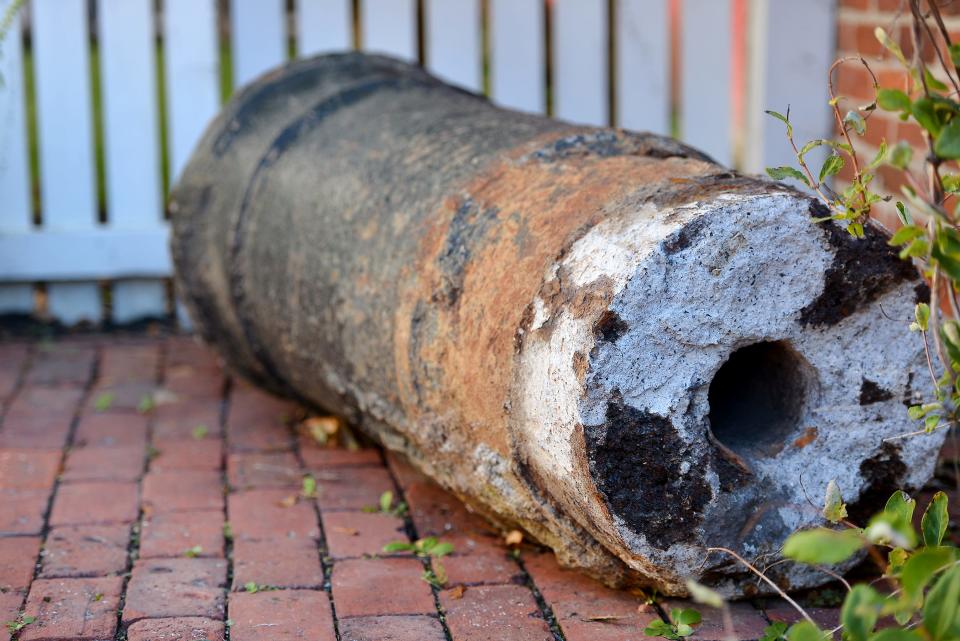
“It’s such a massive gun, no one just wheeled it out there. If it hadn’t been made near that site, it wouldn’t be there,” Stout said.
The cannon is now being housed at the Historical Society, although Stout and Koontz aren’t entirely sure how it arrived there. The farmer who donated the cannon also offered to deliver it. “I came to work one day, and there it was,” Stout said.
Plans for the cannon are still taking shape, but Stout would like to see it continue its life as yard art in the garden of the Miller House that houses the Historical Society.
“I think we will mount it up in the garden at the house here, as a permanent monument to the Mt. Aetna furnace,” Stout said. “A lot of people have heard about the furnace but haven’t been out there. It’s a way for people to come see and touch a piece of the cannon and experience history.”

